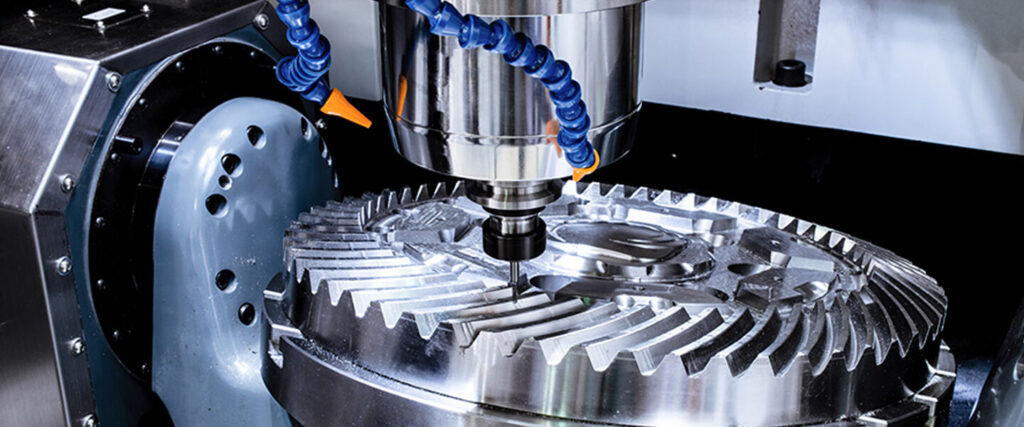Flawless manufacturing begins with perfectly engineered machining techniques, which serve as the cornerstone of precision, efficiency, and quality in modern production environments. In today’s competitive industrial landscape, manufacturers cannot afford to overlook the role that advanced machining plays in achieving superior results. Whether crafting complex aerospace components, high-performance automotive parts, or delicate medical devices, the accuracy and consistency of machining techniques directly influence the final product’s functionality, reliability, and longevity. A single micron of deviation in a machined surface can compromise the structural integrity or operability of a component, underscoring the need for immaculate precision at every stage of the manufacturing process. At the heart of these machining techniques lies a blend of innovation, technology, and expertise. Computer Numerical Control CNC systems, for example, have revolutionized the industry by enabling the automation of complex cutting, drilling, and milling operations with remarkable accuracy and repeatability.

These systems not only minimize human error but also allow for intricate designs that would be impossible or prohibitively expensive to achieve manually and know is cnc machining hard. Engineers can program detailed geometries into the system, which are then executed flawlessly by machines guided by high-resolution feedback loops and sensors. The result is a level of control and uniformity that is essential for large-scale production and high-tolerance industries. Furthermore, the integration of advanced materials and cutting-edge tooling enhances the capability of machining operations. Carbide and ceramic cutting tools, for instance, offer longer tool life and higher cutting speeds, reducing downtime and boosting productivity. When paired with optimized cutting strategies, such as high-speed machining or adaptive feed control, these tools significantly elevate the efficiency and quality of manufacturing. In addition, real-time monitoring and data analytics now play an integral role in machining, enabling predictive maintenance and quality assurance. By continuously tracking tool wear, machine vibrations, and thermal conditions, manufacturers can preempt issues before they impact production, ensuring a smoother workflow and consistent product quality.
Perfectly engineered machining techniques are not only about technology but also about thoughtful design and planning. Every cut, angle, and feed rate must be carefully calculated with the end product and material properties in mind. This requires collaboration between design engineers and machinists to anticipate challenges and optimize processes. For instance, choosing the right machining sequence or fixturing method can significantly reduce cycle time and prevent defects. As industries move toward smart manufacturing and Industry 4.0, this synergy becomes even more critical, blending digital simulations, automated planning, and real-world execution into a cohesive, intelligent workflow. Ultimately, flawless manufacturing is not an accident but the result of deliberate, well-engineered machining strategies that ensure Uneed precision, repeatability, and quality at scale. It is a holistic process where every detail, from tool selection to final inspection, is aligned toward a singular goal: creating superior products with zero defects. By investing in advanced machining technologies and fostering engineering excellence, manufacturers lay the foundation for innovation, competitiveness, and enduring success in a rapidly evolving market.
